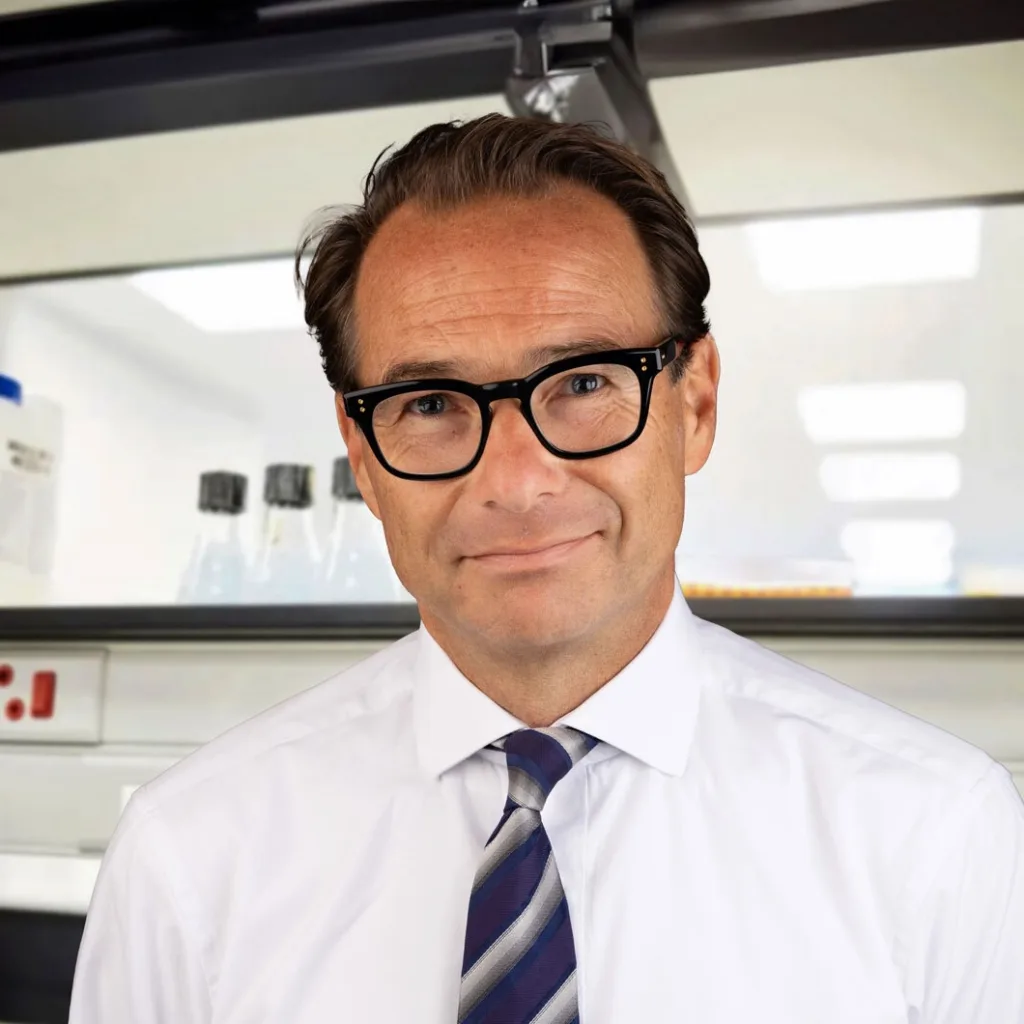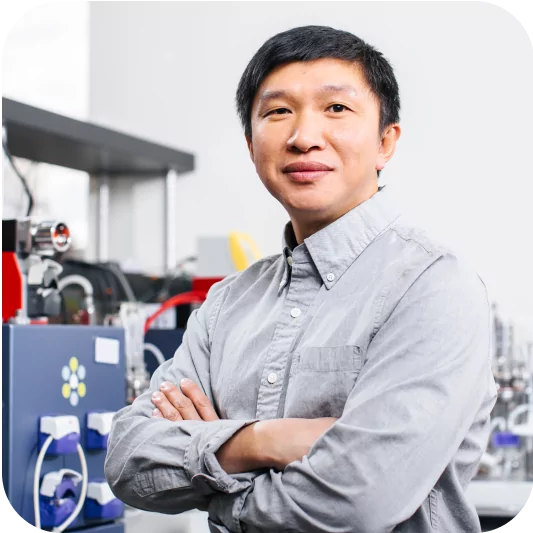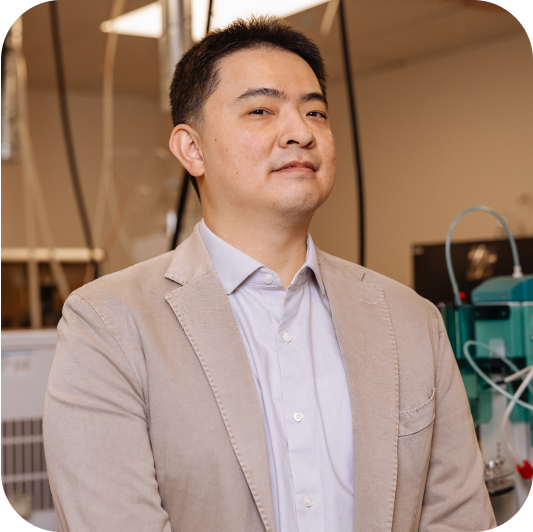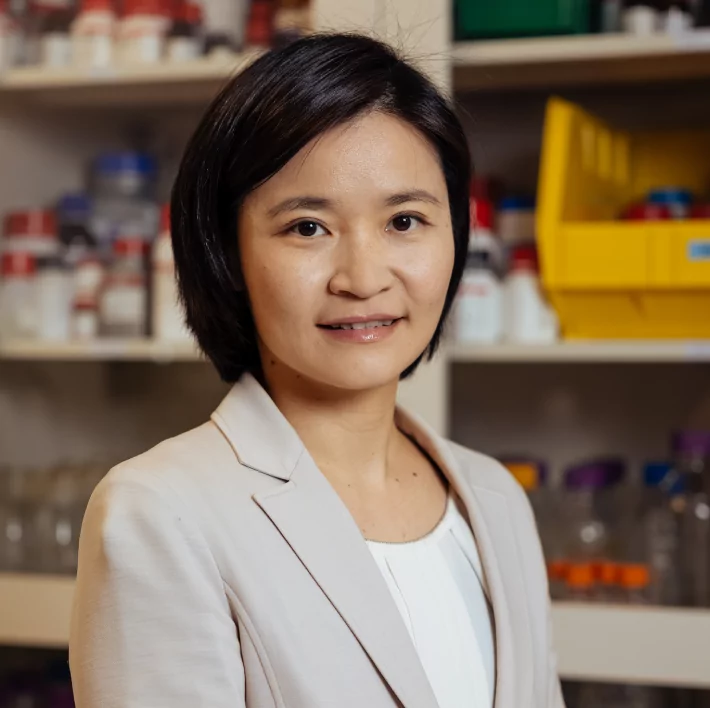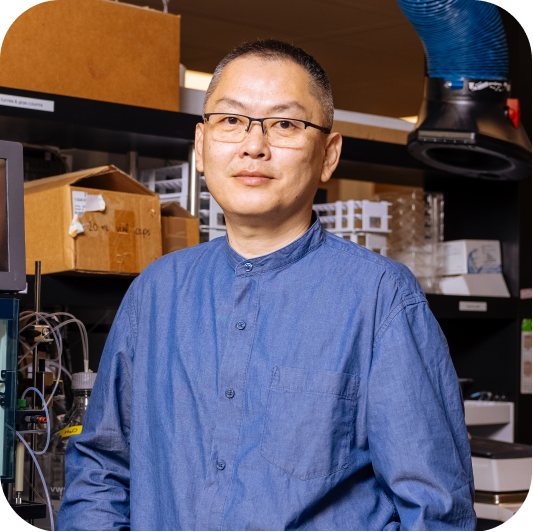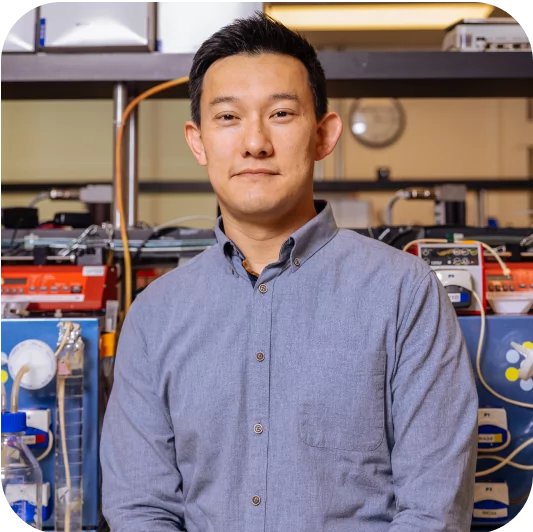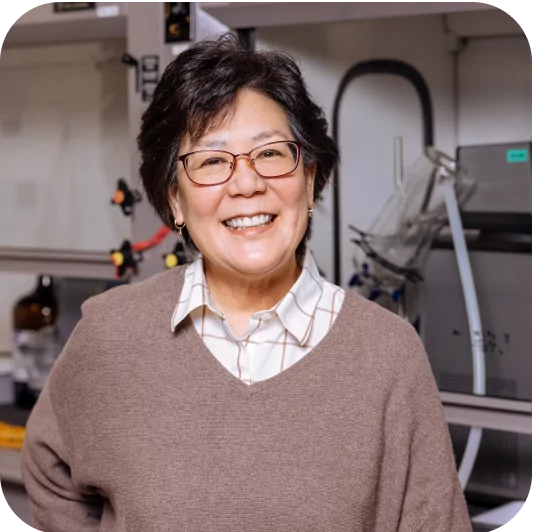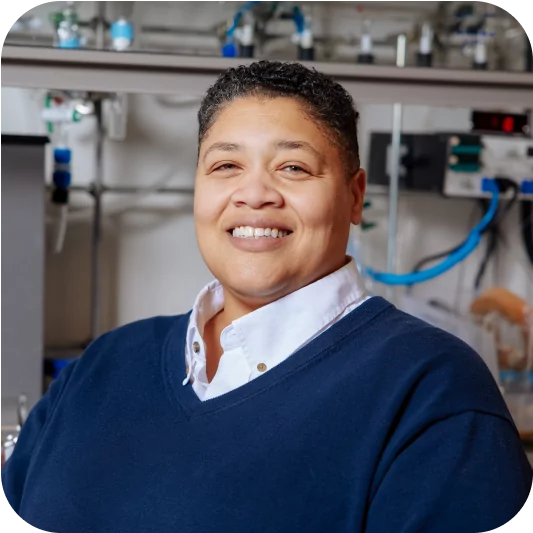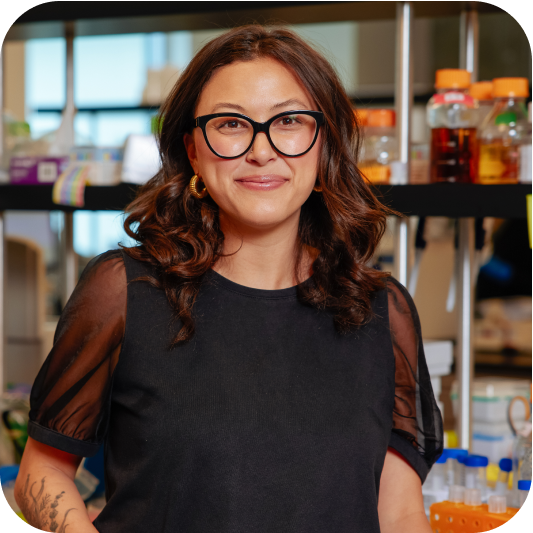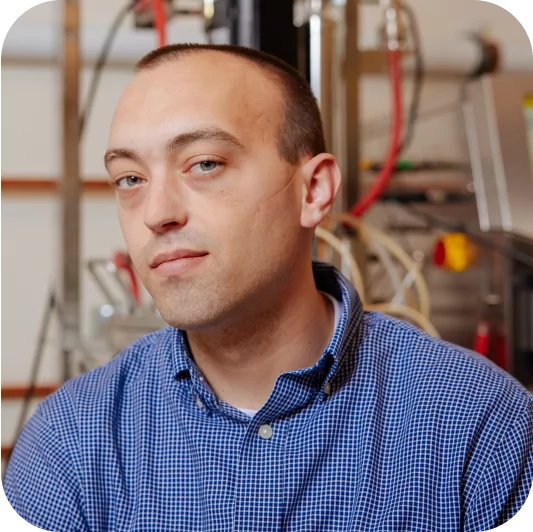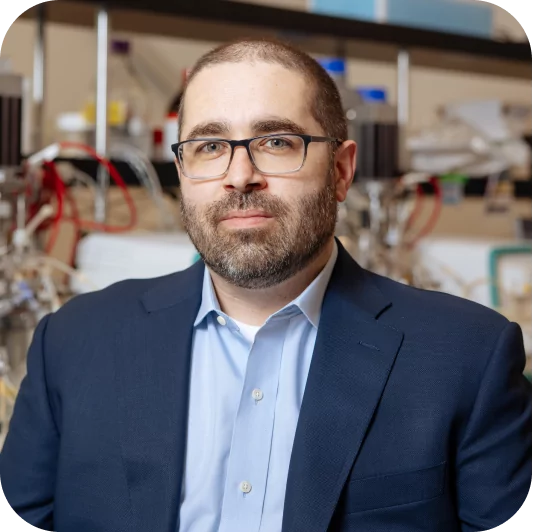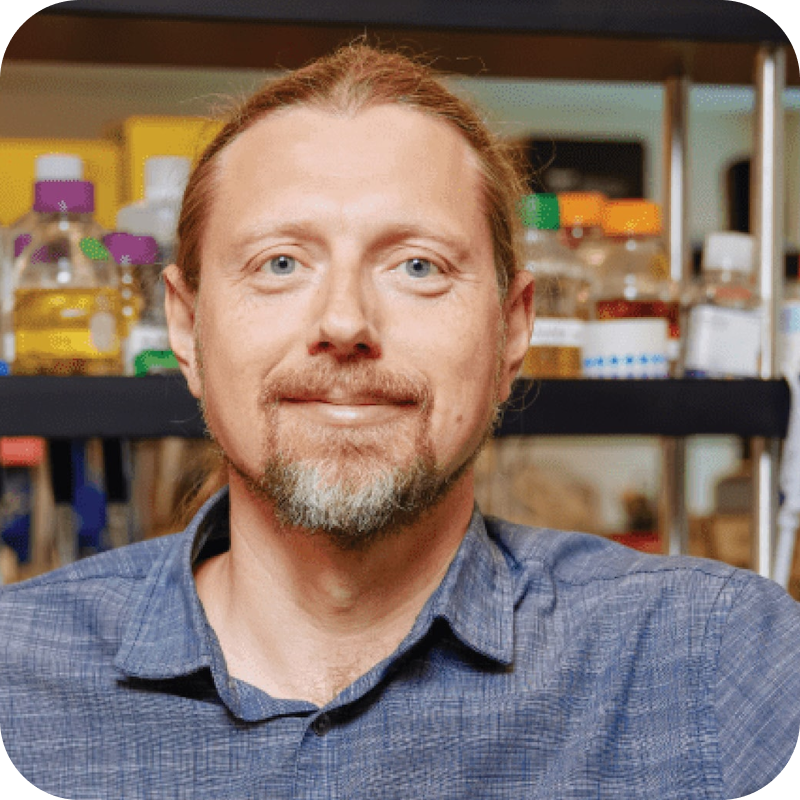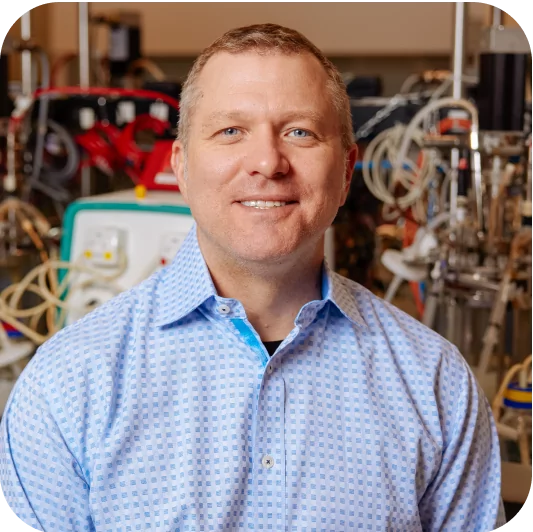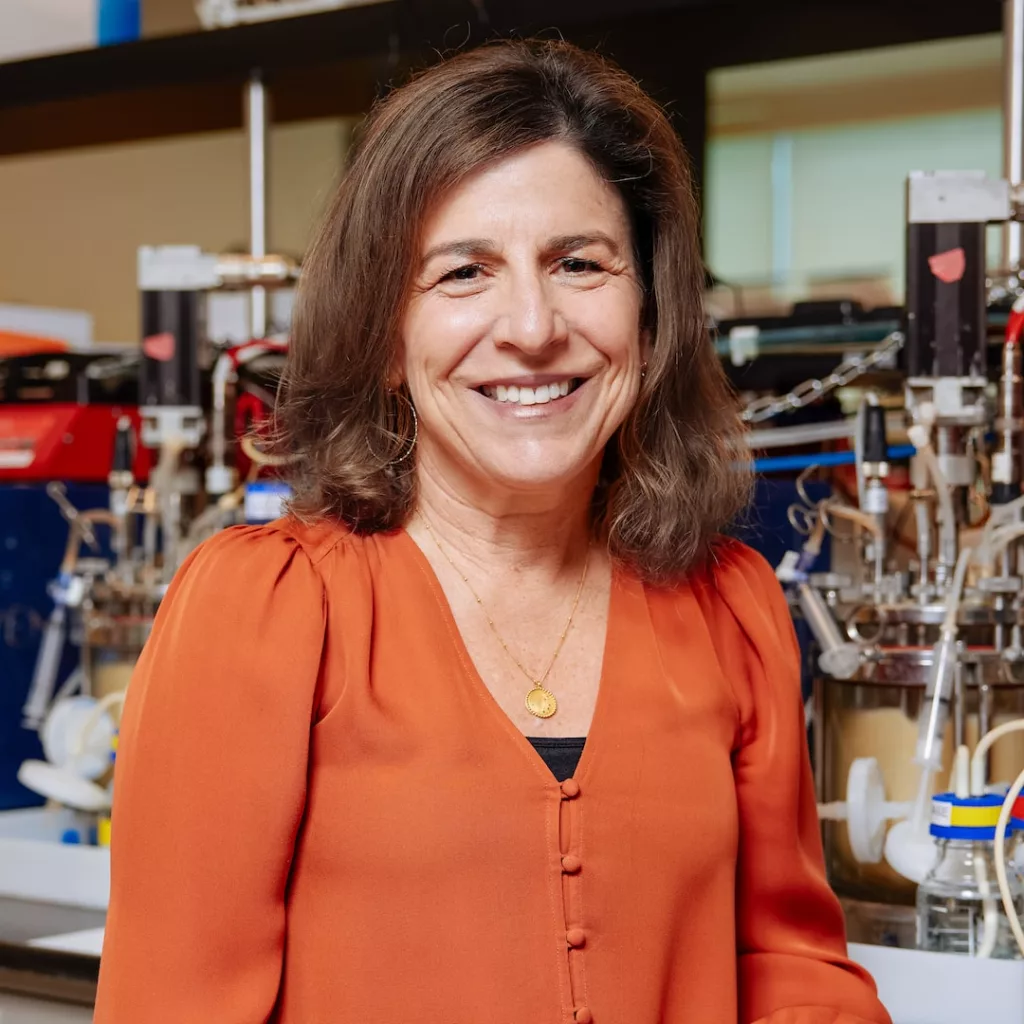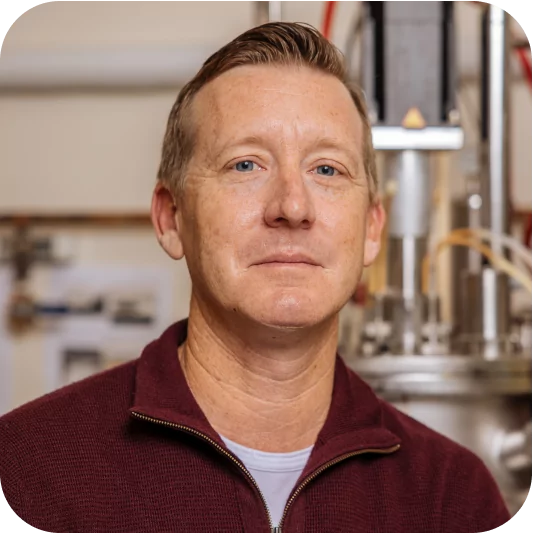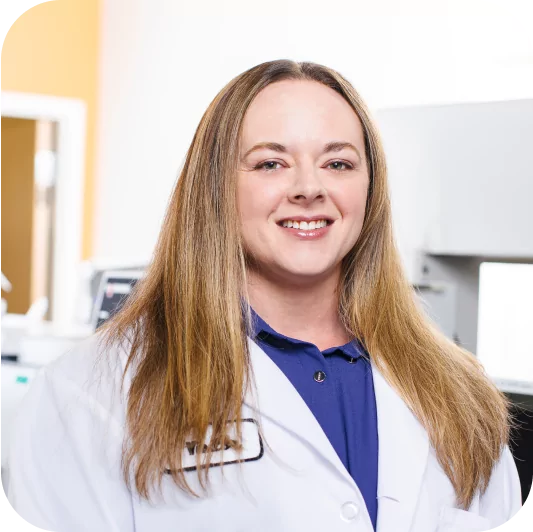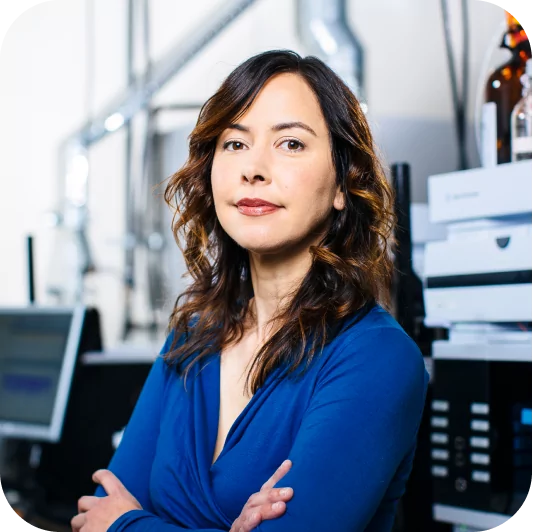Introducing Ben Kotopka, Director of Data Science
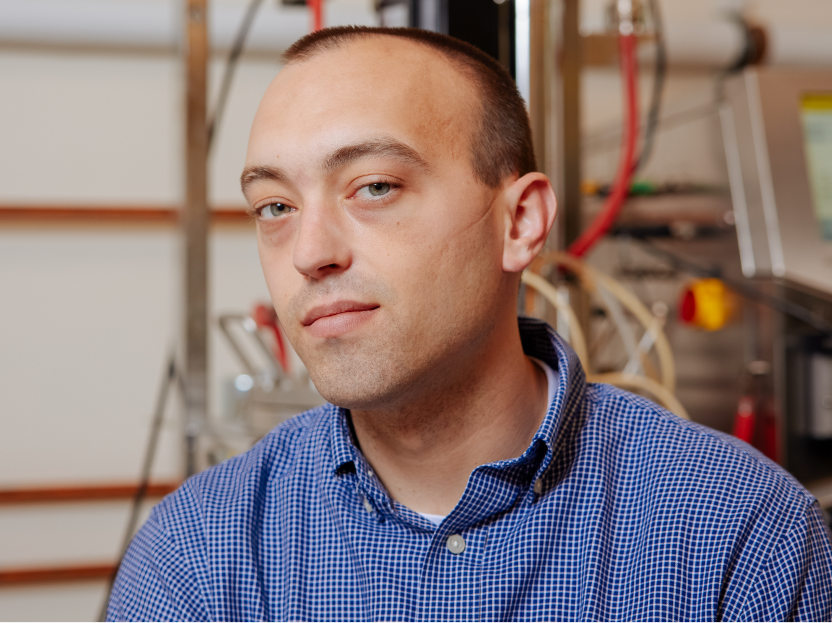
Ben’s work enables teams across the business to track and make sense of more than a decade of R&D data.
Introducing Pavel Aronov, Senior Director, Bioanalytics
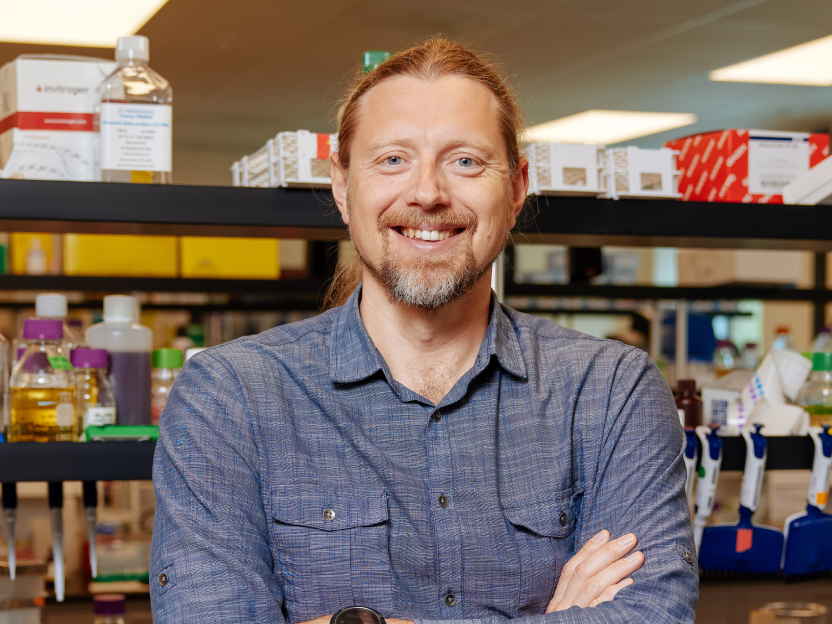
Pavel and his team have developed the processes to accurately measure the quantity of our biosynthetic KSMs and APIs produced via biomanufacturing, which is no small feat when working with biological products
Introducing Walter Tamulis, Senior Staff Engineer, MSAT
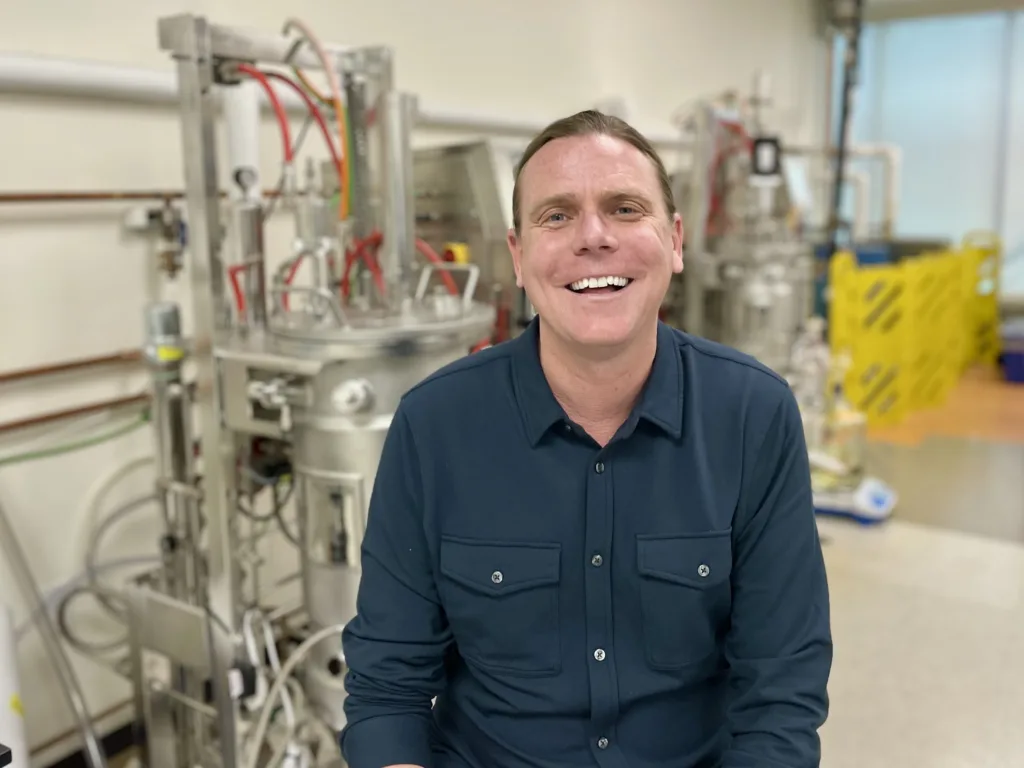
Antheia’s recent commercial breakthrough required the effort of many technical experts who contributed countless hours of hard work. In today’s blog, we are pleased to introduce Walter Tamulis, Senior Staff Engineer of MSAT, a key member of the operations team who was essential in executing our first 116,000L scale run of thebaine and subsequent validation […]
Introducing Suzanne Sato, Antheia’s Head of Downstream Processing
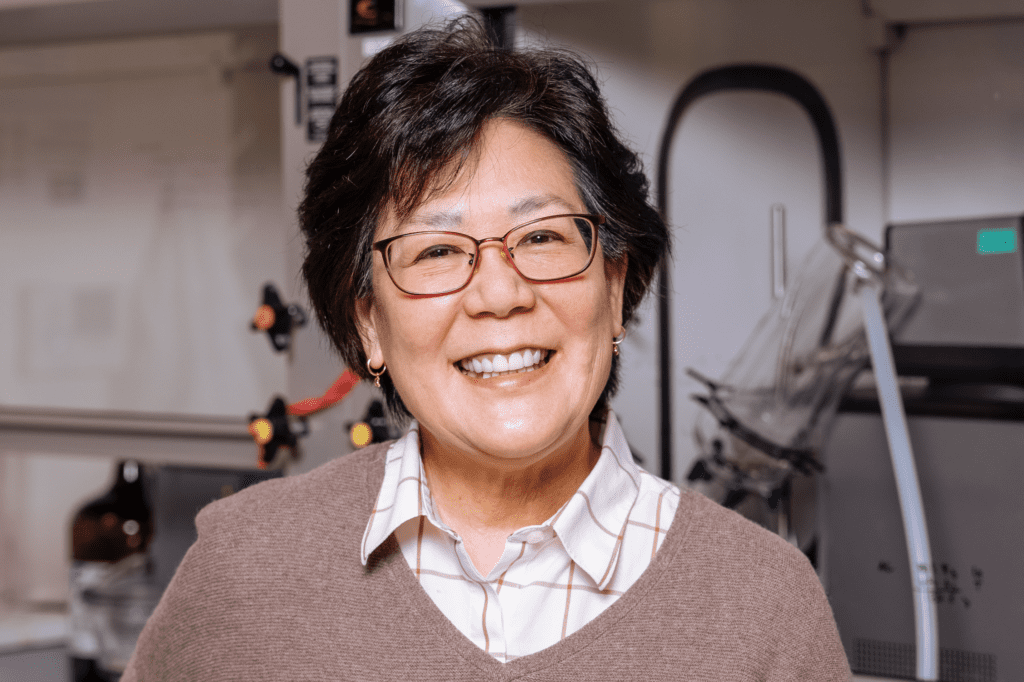
As the Head of Downstream Processing, Suzanne Sato leverages her 19 years of experience to lead downstream chemistry processes at Antheia. Her ability to keep the big picture in focus while working collaboratively with various teams is central to the success of Antheia’s mission. Suzy recently sat down for a Q&A in which she shares […]
Unleashing Joy: Introducing He-Man, Chief Dog Officer at Antheia
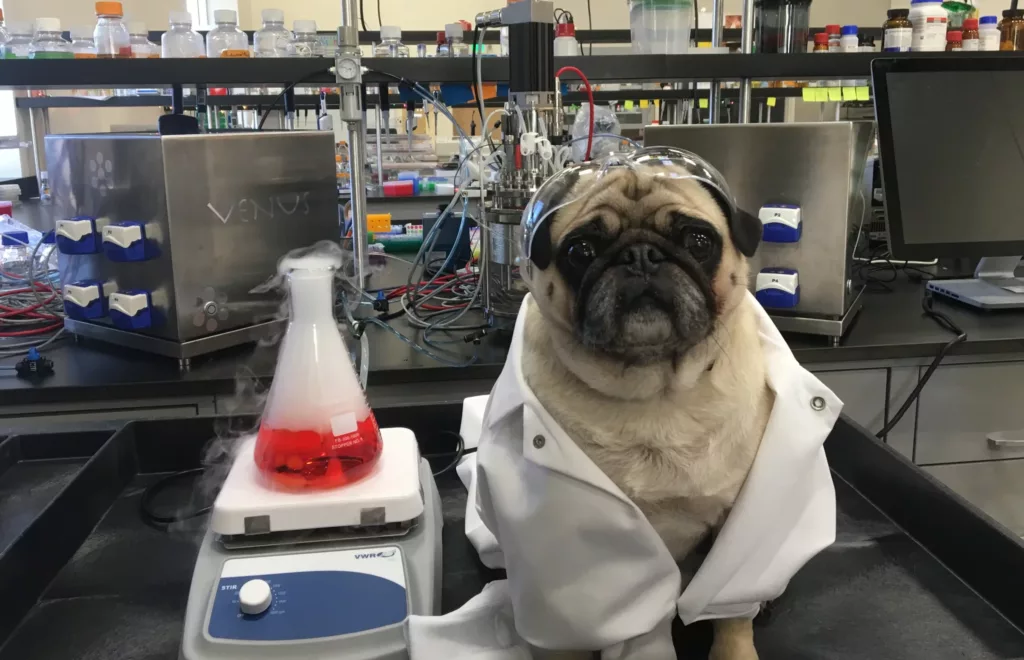
He-Man serves as Antheia’s Chief Dog Officer (CDO), where he has worked diligently to make a paw-sitive impact on employee morale, team dynamics, and the company treat budget. In this blog, He-Man shares more about his exciting life at Antheia and his invaluable role in boosting morale. From Humble Biotech Beginnings to Biomanufacturing Brilliance Before […]
Introducing Richard Sherwin, Antheia’s SVP of Commercialization
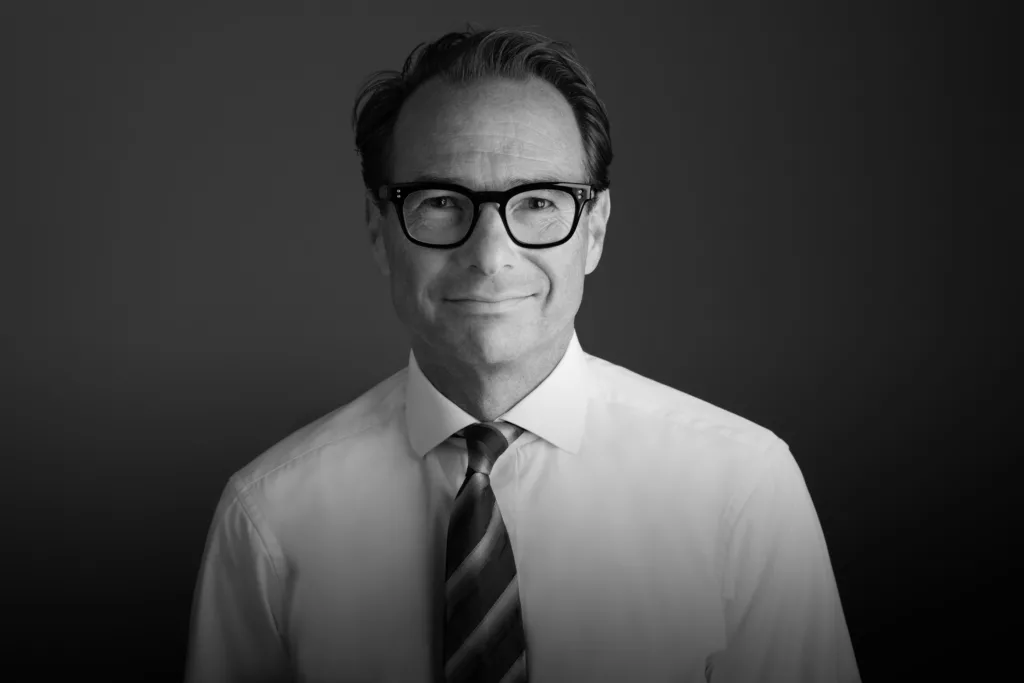
As the newly appointed Senior Vice President of Commercialization, Richard Sherwin is poised to move Antheia into its next phase by building a vibrant commercial market footprint. His collaborative work with Antheia has spanned nearly a year as a fractional, valued member of the team, and as of August 2023, he’s now full time in preparation for what will be a milestone year in Antheia’s history.
Introducing Jordyn Lee, Antheia’s Director of Communications
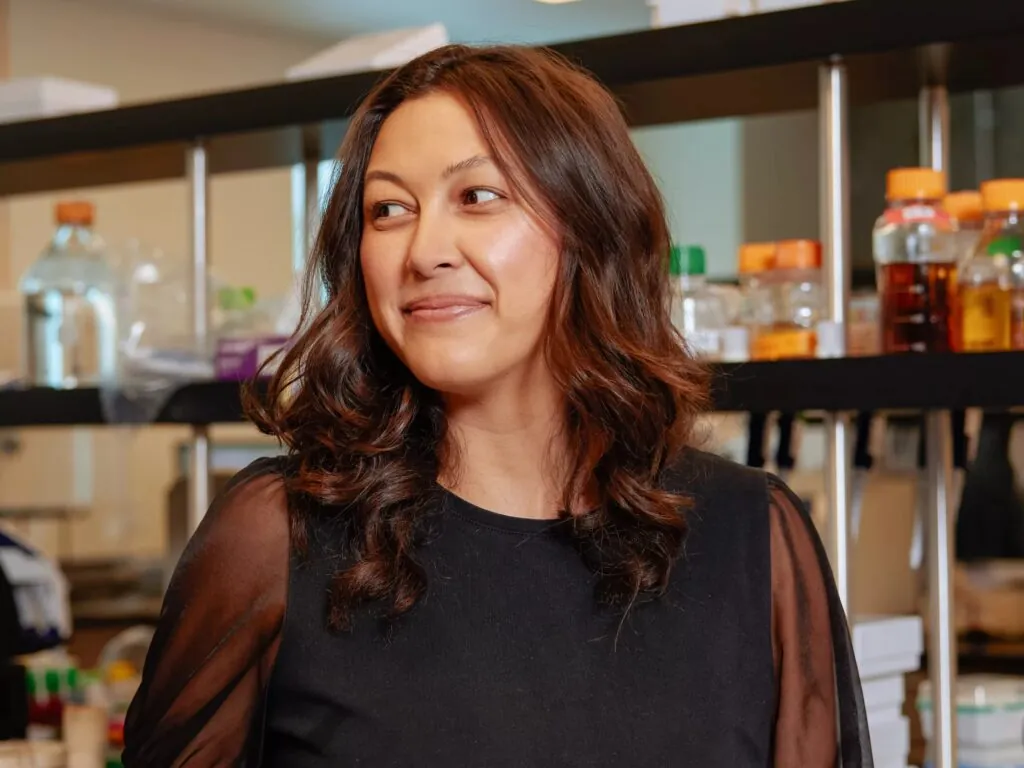
As the newly minted Director of Communications, Jordyn Lee owns the voice of Antheia and all of the ways the brand shows up, from industry conferences to digital content. With a deep background in technical communications and public relations, she brings a passion for scientific storytelling to the forefront during a landmark year, as Antheia […]
Introducing Yen-Hsiang Wang, Antheia’s VP of Strategy and Partnerships
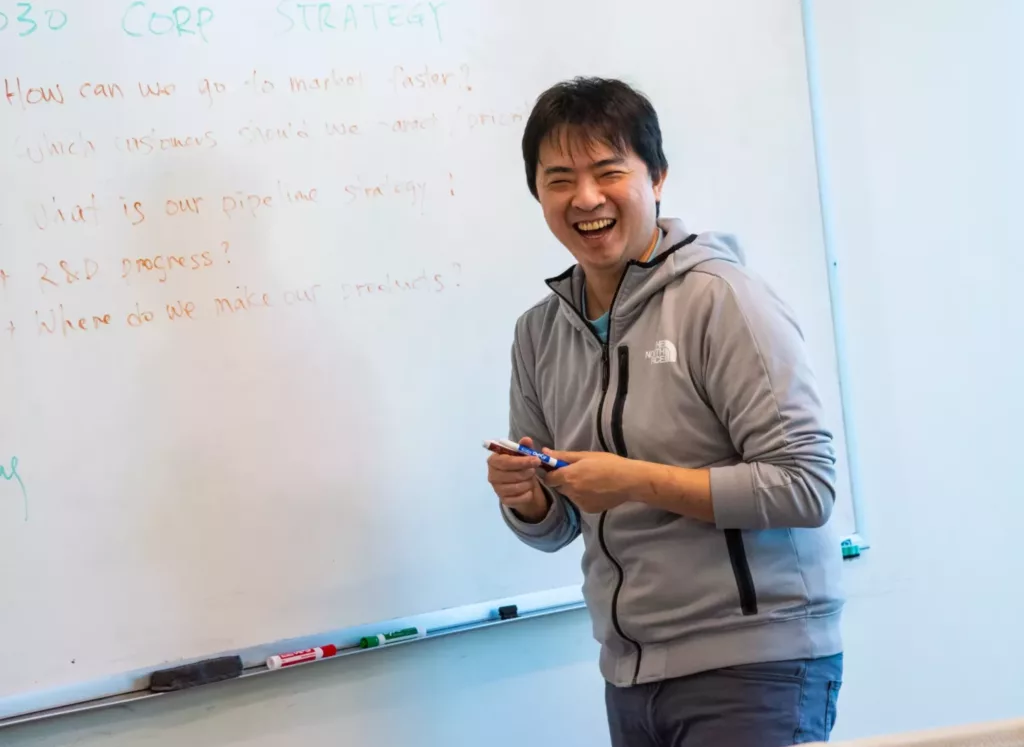
As the Vice President of Strategy and Partnerships, Yen-Hsiang Wang is the strategic powerhouse behind Antheia, tasked with bringing its technology and pipeline of products from ideation into realization. As a catalyst for the commercial viability of Antheia’s technology into the pharma world, this scientific innovator-turned-business leader combines his deep bench of scientific expertise in […]
Introducing Jesse Ahrendt, Antheia’s SVP of Quality Assurance & Regulatory Affairs
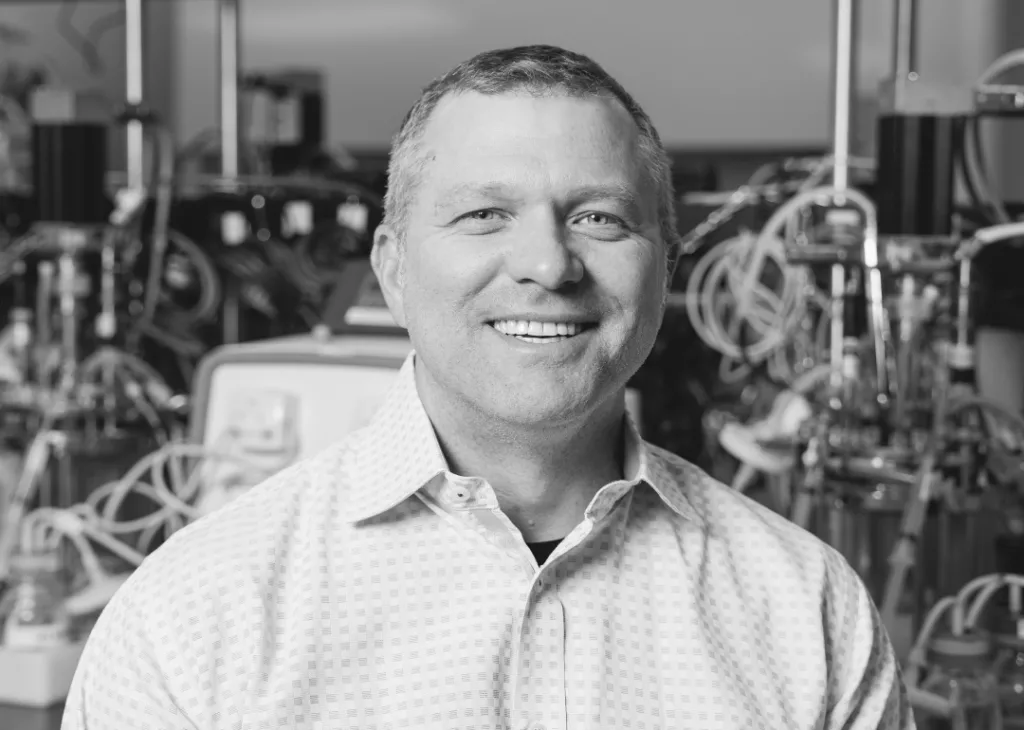
We’ve recently welcomed Jesse Ahrendt, our new Senior Vice President of Quality Assurance and Regulatory Affairs, who will lead our quality and regulatory efforts. He brings 25 years of experience…
Introducing Guerin Kob, Antheia’s VP of Supply Chain
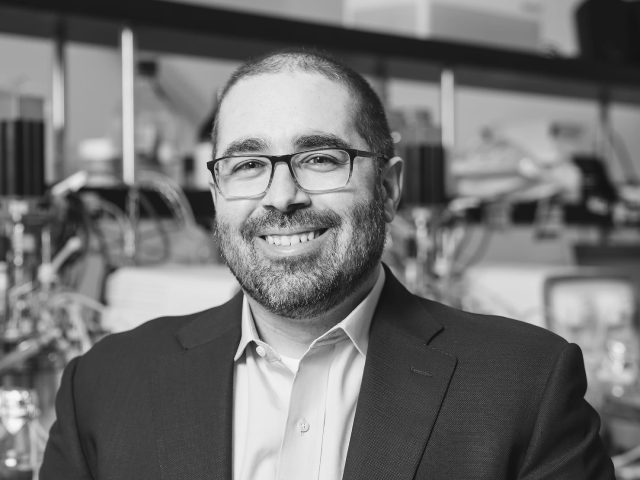
With a pilot plant on the horizon and a pipeline filled with promise, Antheia is poised to soon establish a fermentation-based supply chain to produce the KSMs and APIs for essential medicines.
